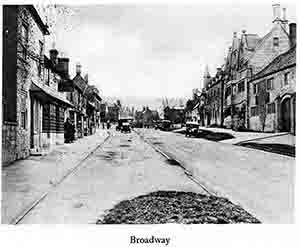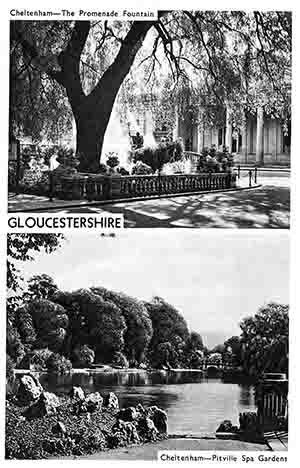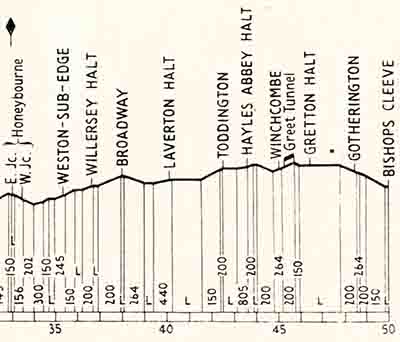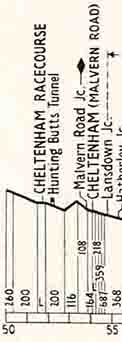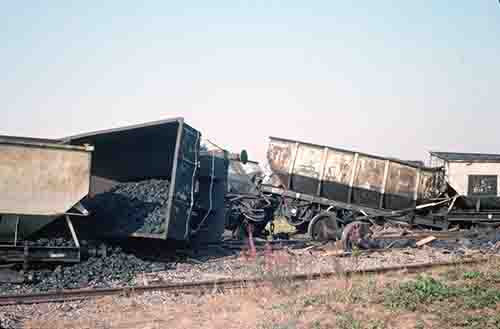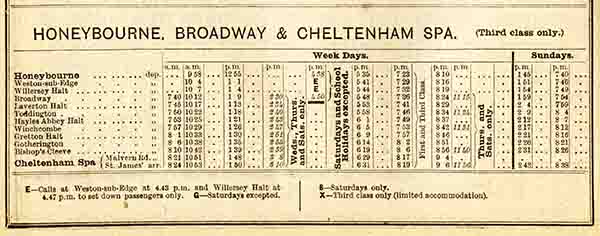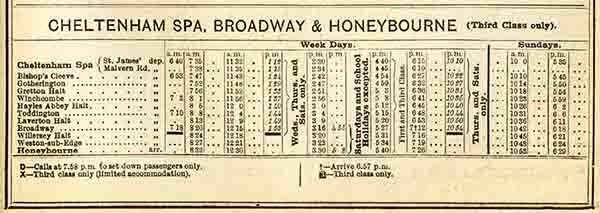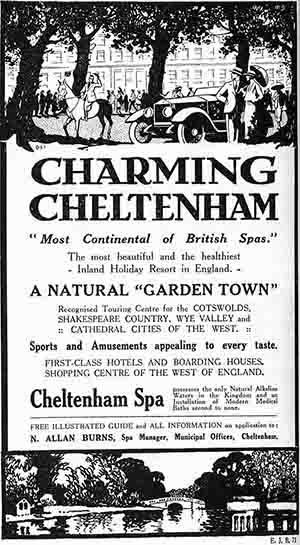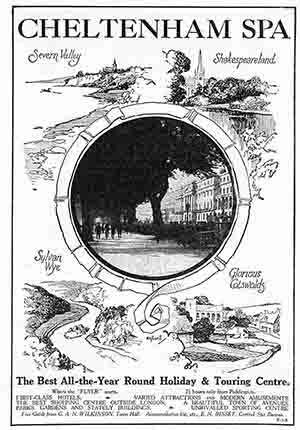The photographs below cover the line from Honeybourne East Junction (mp0) to the approach to Gotherington. The remainder of the route to Cheltenham Malvern Road East Junction is covered in the Continuation page along with scenes in the period from closure until the preservation era.
To view any full size image and caption details please click the maroon button below each thumbnail



